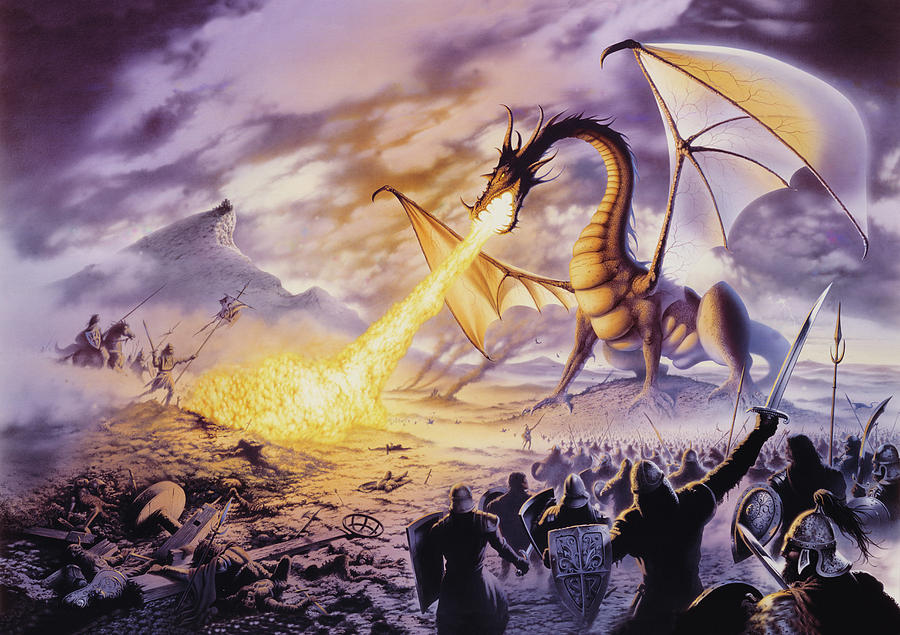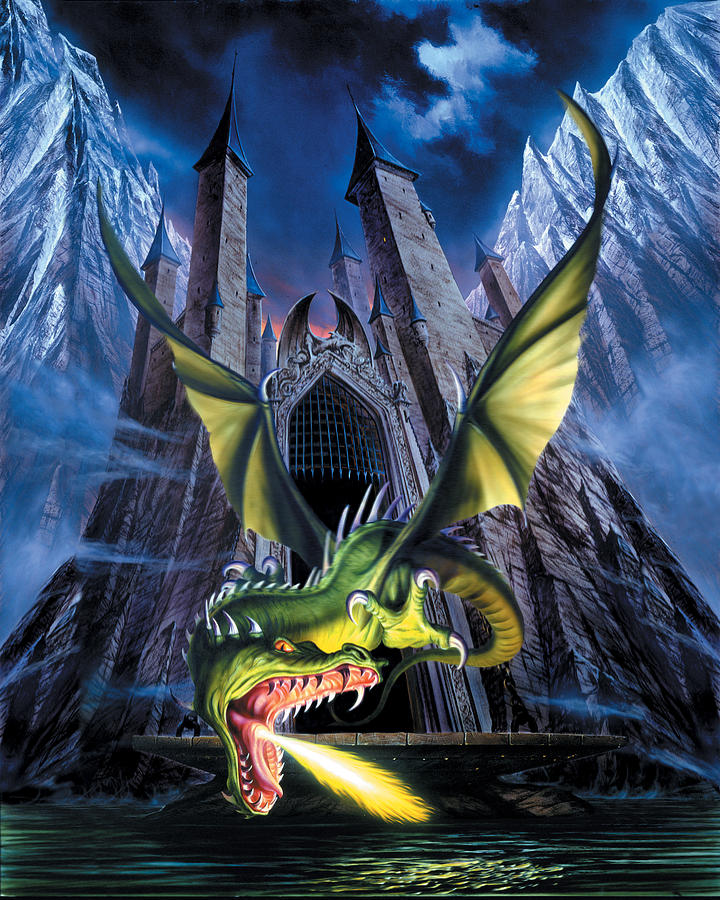
For centuries, tales of dragons have been part of folklore and mythology. From Chinese emperors riding atop their fire-breathing steeds to Western fantasies about slaying beasts, these mythical creatures occupy a powerful place in our imaginations – as well as our history. The dragon chronicles tell us much about our past and point to intriguing possibilities for our future. If you are a fan of dragons and want to learn more, check out the Call of Dragons Blog at https://cod.guide/.

I. What are dragons?
Dragons are mythological creatures with wings, scales and a long tail. They can be portrayed as benevolent protectors or terrifying monsters who can breathe fire and wreak havoc on those around them. These creatures have appeared in many cultures around the world for hundreds, if not thousands, of years. Although there is no consensus as to where exactly they originated, it is believed that the earliest depictions of dragons come from China around 4000 BC.
II. The mythology surrounding dragons
Dragons feature prominently in the ancient mythology of various cultures, including Greek, Indian, Chinese, Japanese and Persian myths. In some stories, dragons were seen as wise protectors who used their magical powers to guard valuable treasures; in others, they were seen as destructive forces that brought chaos and death to those around them. Some legends even depict humans being transformed into dragons after drinking special potions or performing other rituals. However they are portrayed, one thing remains true: these magnificent creatures captivate us with their power and mystery.
III. Ancient images depicting dragons
Our fascination with dragons goes back thousands of years, thanks to early artwork depicting these mysterious creatures, carved on stone walls or painted on ceramic vessels by early civilisations such as the Egyptians and Sumerians between 3000 BC and 1000 BC. Even today, dragon images can be found adorning temples in many Asian countries, such as Japan and China, where they continue to be used for decorative purposes both inside and outside buildings!
IV. Dragon symbolism across cultures
While most people associate dragons solely with European folklore, this isn’t necessarily true: different cultures around the world have, over time, developed unique meanings behind these mythical creatures based on their own beliefs and customs. In China, for example, the dragon symbolises strength and good fortune, while in Japan it traditionally represents power and authority, and is also associated with the rain gods due to its association with the water elements (i.e. rain). Similarly, India also places importance on the symbolism of this creature, having historically seen it as representing power & protection since ancient times – something that is echoed in Hindu mythology, where Lord Vishnu takes the form of a giant serpent called Shesha during his cosmic battles against evil forces!
V. Dragons in modern pop culture
In recent years, dragons have become increasingly popular through modern pop culture such as books (Game Of Thrones), films (How To Train Your Dragon), TV shows (Eragon) etc., giving us all access to new interpretations of these fascinating creatures – adding another layer to explore within this already complex legend! This sudden resurgence has also helped to spark interest in children growing up today, who otherwise might not know what lies behind this captivating story, nor its deep roots in human history & culture… Fortunately, now we do!

VI. How can we find out more about dragons?
If you’re interested in learning more about dragons, there are plenty of avenues to explore; whether it’s reading classic literature such as Beowulf, or browsing online archives of images/stories specifically related to dragons, you’re sure to find something interesting along the way! What’s more, attending events such as Renaissance Fairs, which are held annually in various locations around the world, gives you the chance to see first-hand how these legendary figures are still very much a part of society today – so don’t miss out on discovering more for yourself!
